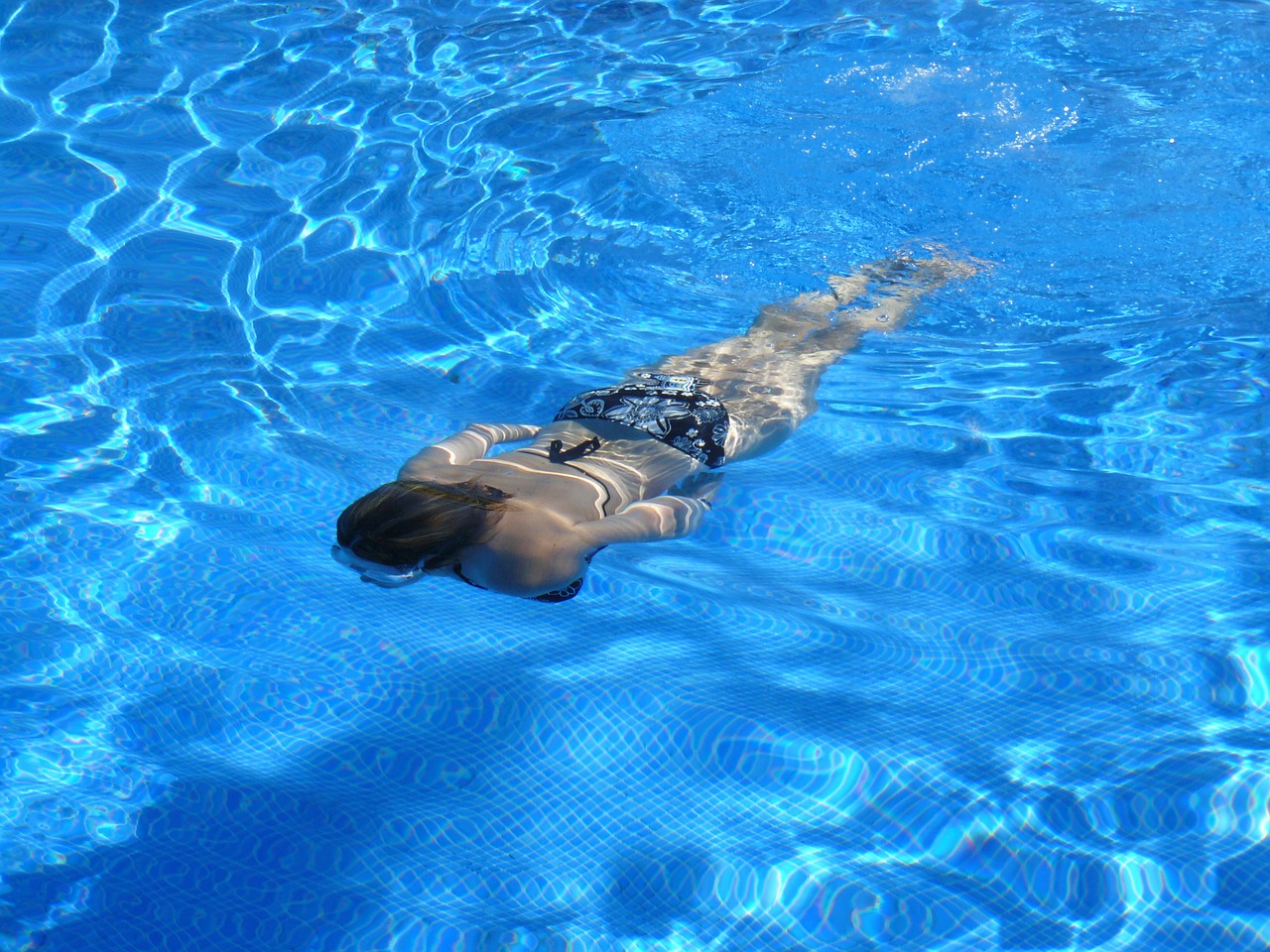Trusted How to Install Above Ground Pool Heaters Advice, Good tool for great food Tips, Guide
How to Install Above Ground Pool Heaters
Jan 14, 2020
Have you been thinking about buying one of the available above ground swimming pool heaters and are concerned about the installation process? It’s a common fear but you don’t need to worry. The following tips will teach you what you need to know.
It’s a good idea to install a pool heater for your above-ground pool. You’ll discover that your family gains the ability to use the pool for a longer period of time.
We’re at Pool Home School dedicated to making sure you have the needed knowledge to sift through all the above ground pool heaters on the market and find the best fit for your situation.
Above Ground Pool Heater Installation
Sizing & Power Source
There are many factors to consider when buying and installing above ground swimming pool heaters. These include:
- Amount of water the pool holds
- The average daily temperature where you live
- The pool’s surface area
- Sea level where you live
Electric pool heaters for above ground pools come with various power source options. You can choose between:
- Propane
- Gas
- Solar
- Electriс
Local building codes and available fuel sources in your area factor into the way you choose to power the heater.
Price
There are many pricing options when it comes to selecting from all available electric pool heaters for above ground pools. You need to know the cost of the heater and the cost of installation in order to make a quality choice. It’s also important to factor in gas heater servicing costs when making a decision.
If you like the idea of using a propane pool heater, then you need to pay for installing a propane tank. This type of propane tank might weigh up to 500 pounds. Think through where it will get installed on your property.
Even though natural gas pool heaters come with high efficiency, your local area will affect availability of this option.
The most energy-efficient way to power a heater is via solar power. This option means you’ll need to maintain the solar panels, however. The weather has the potential to limit the effectiveness of a solar-power heater. You should buy and use a solar blanket because it prevents loss of heat whenever you’re not putting the pool into use.
An electric pool heater is a less expensive option because it draws heat from the air while it’s in operation. The drawback to the electric heater is that it loses some of its heating abilities after temperatures go below 40 40 degrees Fahrenheit.
Installing an Above Ground Pool Heater
It’s likely that your best option is hiring a professional technician to install the heater for you. It’s important to install the unit properly in order to prevent expensive repairs down the road.
It typically takes some thought in terms of where to place your pool heater. You may need to become creative as you look to hide an unsightly heater from clear view. Don’t forget to use a heater cover in order to protect it against the elements.
Let’s take a look at the specific steps you need to go through when installing above ground swimming pool heaters.
Select the Best Location
Choose a level area for the heater to sit on. Of course, it’s best to keep your heater off the ground itself. You might choose stone patio blocks or a cement slab for this purpose. A gas heater needs to be located close to the gas line. Solar heaters don’t need a power source and so provide flexibility in terms of location placement.
Create the Water Connection
You’ll most likely need to use a hacksaw to cut out a section of the pump return and use an elbow joint to connect the heater, pool return and pump. Using a pipe or hose, connect one end of the elbow joint from the heater to the pool return. Connect the other end from the heater over to the pump.
Install the Gas Line
This pertains to gas pool heaters, of course. It’s normally best to connect the heater to your home’s main gas line in order to guarantee that the heater has a permanent power source.
Install the Electrical Line
You need an electrical line run from the breaker box to the pool heater. Check your local laws so you know whether you need to call an electrician or whether you can do this yourself.
Avoid the Need for Gas and Electrical Lines
You can avoid the last two steps by simply choosing to buy an above ground pool heater that’s solar-powered. A solar pool heater will come with solar panels. Water flows through the panels and the panels transfer heat into the water.
Using a solar heater makes your installation an easier process because there aren’t any outside energy sources required. The only drawback you might encounter is if you live in an area where freezing temperatures occur during the winter. Alterations will be needed in order to prevent the unit from freezing.
Test Everything After Installation
Turn the pump on after the heater has been connected and test that the system works properly. Make sure you don’t detect any leaks. Check the feeder jets so you’re certain that warm water is getting released into the pool. Adjust the water temperature to your desired level. Once the temperature is set, your heater will maintain it from that point.
Maintain the System Correctly
Test the water’s pH levels after you’ve installed your above ground pool heater. You don’t want to see the levels getting too acidic because that may cause corrosion inside your pool equipment. The last thing you want is mineral deposits forming on the inside of the heater or other parts of the system.
Now that you know how to install your above ground pool heater, your next step is to sift through all available heater options. Choose the one that fits your needs best and enjoy a longer pool season.
Comments on this guide to How to Install Above Ground Pool Heaters advice article are welcome.
Pool House Designs
Sonoma Pool House and Guest House, Sonoma, California, USA
Design: Klopf Architecture

photograph : Mariko Reed
Sonoma Pool House
Building Articles

image courtesy of article provider
Comments / photos for the How to Install Above Ground Pool Heaters Advice page welcome





